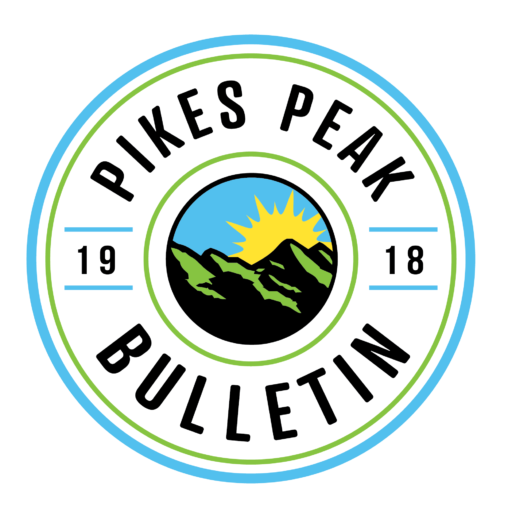On the backside of Palmer Park, up against the Colorado Springs Country Club, sits the Mark Reyner Stable, home to Nancy Harrison’s nonprofit Colorado Springs Therapeutic Riding Center.
It is authentically western here and easy to forget you’re in the city – Nancy, who is about to recognize her 50th year of ownership along with husband, Bob – says bobcats and coyotes are plentiful. Log corrals dot the field, and a long line of pens display healthy shaggy horses still wearing their winter coats. Inside the property’s large arena, I count five horsewomen either leading horses into the arena or directing kids on horseback. The animals and the people move with purpose.
Stable volunteer Kathy Andres (whose day job is as a psychiatric nurse) looks up from her lunch, “This place saved me when I was lost,” she insists, never breaking eye-contact, “and that’s the truth.”
Kathy explains that, for her, riding a horse is like taking medication. She smiles, “When I’m here, I forget all my worries.”
Five years ago, when Kathy first began volunteering at the stable, her worries were plentiful. She says her husband died unexpectedly and the loss left her reeling. She moved to Colorado for a life change, but the real healing began when she started working with the Harrison’s animals.
“Horses don’t judge,” Nancy states bluntly. “I started this nonprofit after giving riding lessons to a little boy with Down syndrome. The boy was probably nine, and we were going to be riding a horse named Pal – Pal was no-nonsense. He didn’t go out of his way for me or any adult, but when this boy walked up to Pal’s water, that horse hurried over and wanted to be touched.”
This place saved me when I was lost. – Kathy Andres, stable volunteer
Nancy believes horses meet people where they need to be met – on the human’s terms. CSTRC owns 22 horses; most of them are retired barrel racers or horses that were trained to work cattle when they were young. The individuals who come to ride these horses for occupational therapy experience sensory disorders, physical disabilities, autism and depression.
Lynette Dickson’s son, Sebastian, is sitting beside the arena fence awaiting his therapy ride with a horse named Red. Lynette is overjoyed by her son’s experiences here and explains that successful therapy is about training her son’s brain to form good habits.
“Sebby [short for Sebastian] has a sensory processing disorder,” she says. “His therapy plateaued in a clinic setting. Here, there’s outdoor air. I would say it’s grounding. Riding horseback seems to make good connections in Sebby’s brain.”
Sebastian’s sister Aylina also rides horses as encouragement for her brother and for fun.

Nancy is pleased to employ eight paid riding instructors and two physical or occupational therapists. She references a practice called hippotherapy, and Kathy notes that hippo is Latin for “horse.” Hippotherapy is a riding therapy involving one individual leading the horse, a rider (the client), and two side-walkers. This therapy can begin with children as young as two.
“Horses build confidence in a nervous child, ” Nancy explains. “Imagine, if a huge horse can feel a tiny fly, these animals are in tune with their senses.”
Some riders are ready to climb on a horse’s back during their first therapy session. Other participants start out by brushing the horses and gaining confidence just standing next to one.
Lynette shares that her son was nervous at first, but by the end of his initial session, got on his therapy horse.
“He has progressed to being an independent rider,” Nancy boasts. She understands the idiosyncrasies of both the humans and the horses who labor under her watchful eye. Nancy is at the arena every day. It’s a short walk from the home she and Bob share just a few yards up a gravel driveway.
“Bob bought this place when he was 19,” Nancy says. His family had moved to the Springs when Bob was 12. While neither Nancy nor Bob is a Colorado native, their roots in the horse culture run deep.
Next on their agenda is redoing the two barns and installing automatic waterers. If you feel called to donate to the horses and the participants of Colorado Springs Therapeutic Riding Center, both Harrisons would be grateful. Learn more at CSTRC.org.

